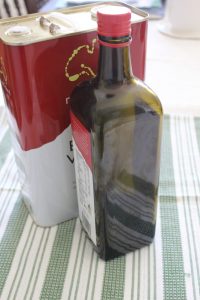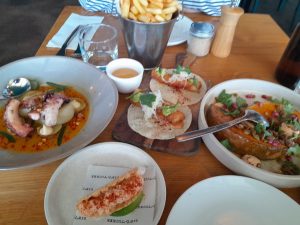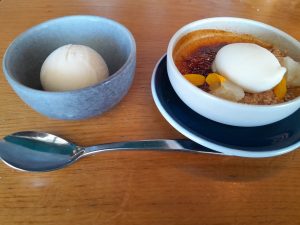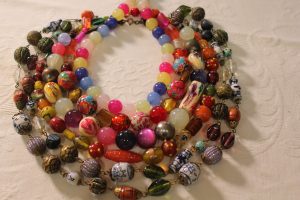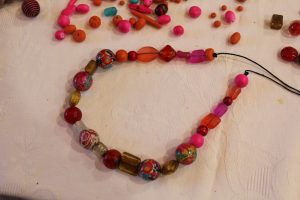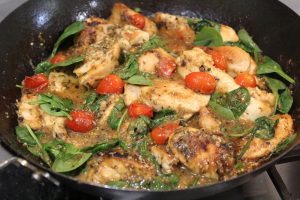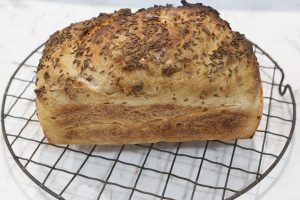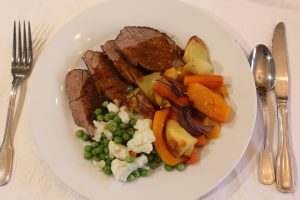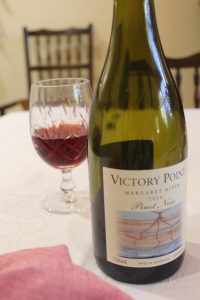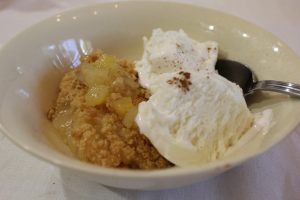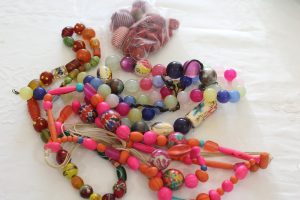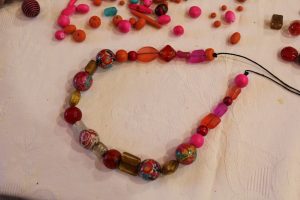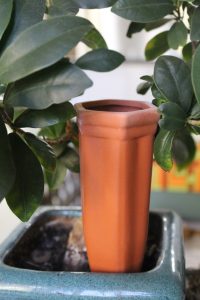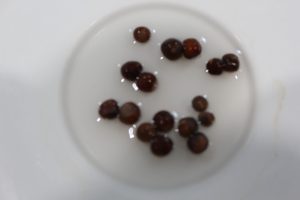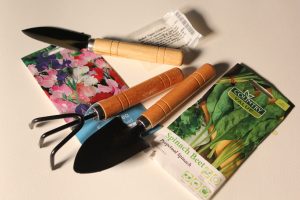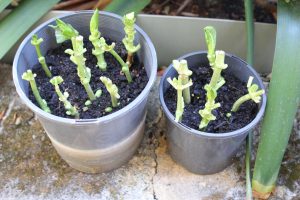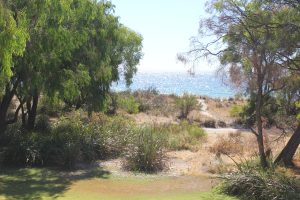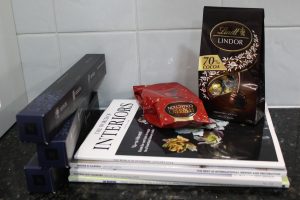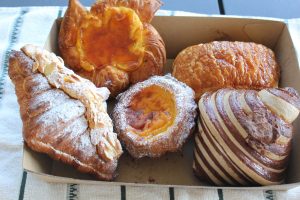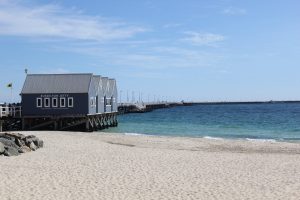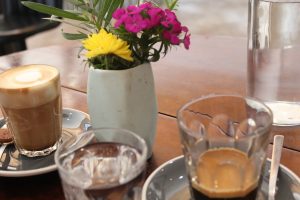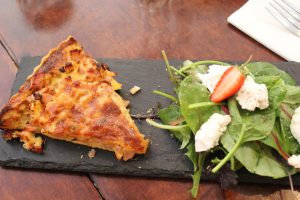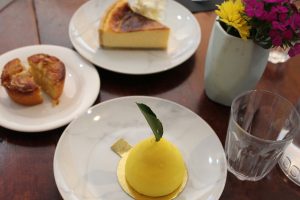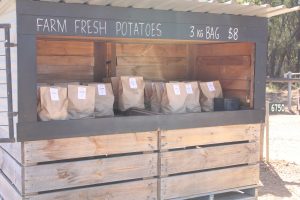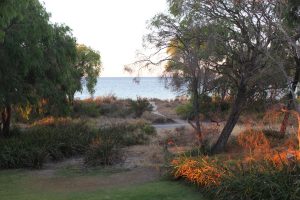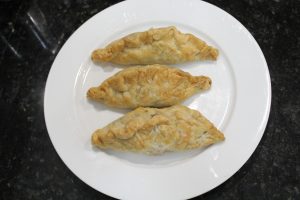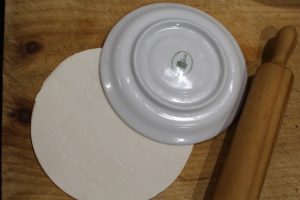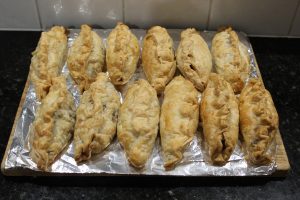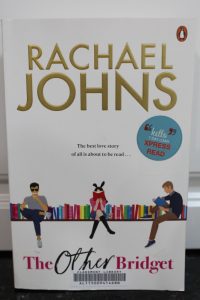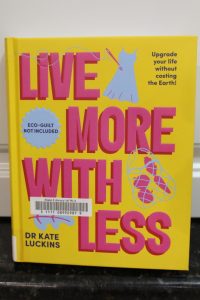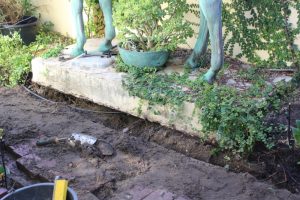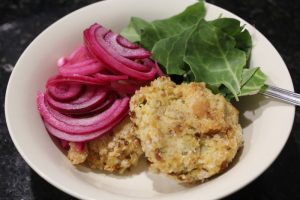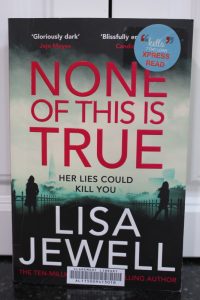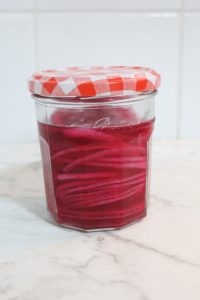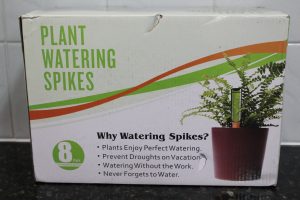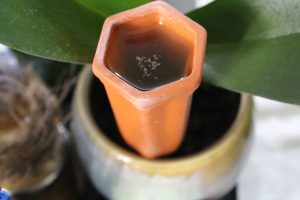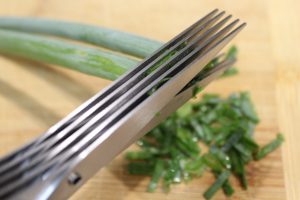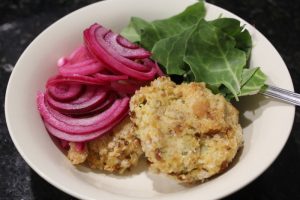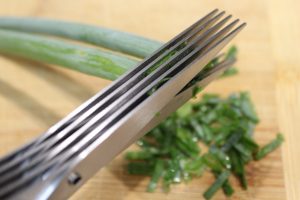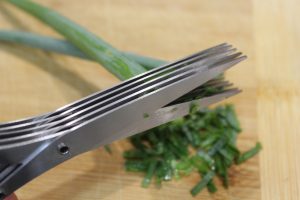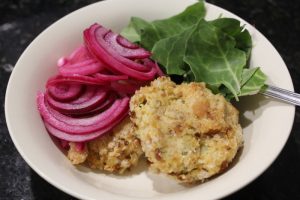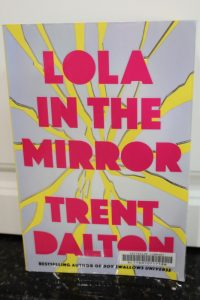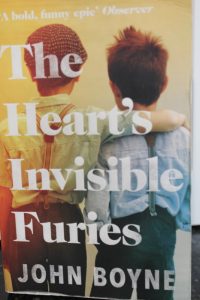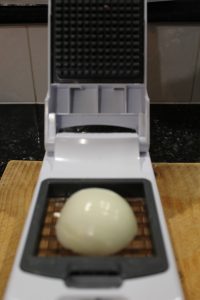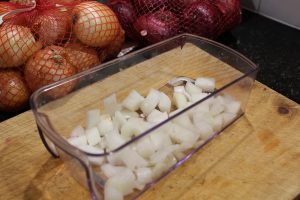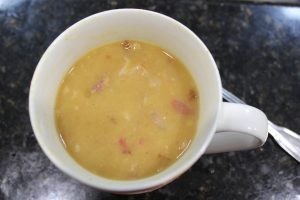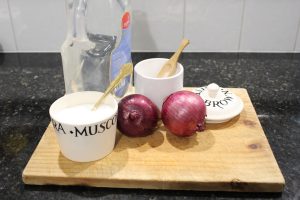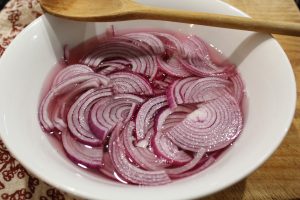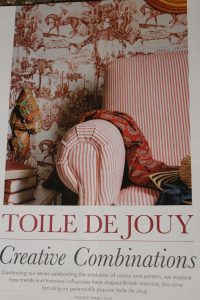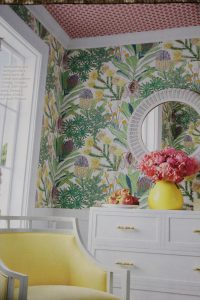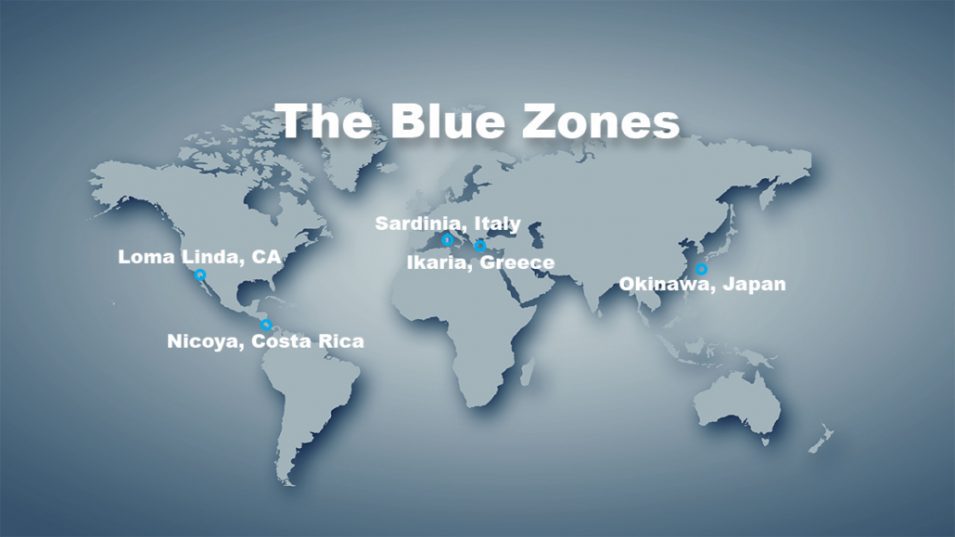TO DO LIST
At the beginning of this year, as usual, I wrote a list of jobs I needed to do, not realising this was to be a year like no other. Most of the jobs I listed involved household or gardening tasks. Some were done quite quickly but others remained undone as life became more and more difficult. Some gardening jobs were done one morning when our son was staying. He did a great job moving enormous pots to new places and helped me fill them but told me gardening was the job he most disliked! I ticked three things off the list that day.
Another time we finally knew we’d be here for about ten days and got a handyman to repair some reticulation, re-lay some paving and repair the edging. Slowly other jobs I could do, such as planting, pruning and potting cuttings from the hydrangeas for two friends got done, too. We also got new cushion inserts for two leather sofas in the family room.
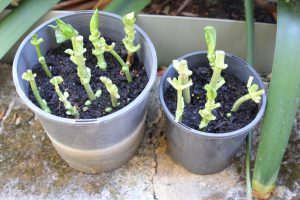

Hydrangea cuttings going well.
These sofas are 24 years old. They have been slept on by dogs and people, they have been played on by children and sat on thousands of times. Every so often I get out my tub of saddle dressing and treat them. Eventually, the finish was getting worn on the edge of some of the cushions and an arm rest. I matched the colour to a bottle of leather dye planning to find time to dye the worn patches back to original colour. Not a chance. So many other things needed my attention. I put the bottle of dye away for a quieter time.


Then late Saturday afternoon my husband was off doing jobs, I’d read the weekend papers and I decided to dye the worn bits of one sofa. Poured some dye into a food container, found a clean paint brush and set to work. The difference is very pleasing. When the dye had time to dry I treated both sofas with saddle dressing. I have some smaller areas to treat on the other sofa and I’ll do that soon. While I’ve got the saddle dressing out I treat my handbag, our watch bands and wallets and some belts. I’d really like a workshop, or a shed but the kitchen bench suffices for now. I hope I remember to put rubber gloves on before I begin dyeing next time.
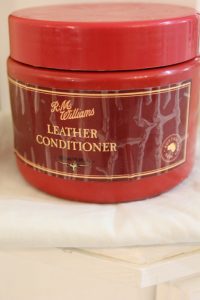

I use this leather dressing on all leather goods.
renewable energy
The weekend papers are full of political rhetoric following the delivery of the 2024 Federal Budget. The information about renewable energy makes interesting but confusing reading. We are now subsidising coal as well as renewables! Electricity is more expensive because of the subsidies yet renewables are supposed to be the cheapest form of energy. Both Federal and States governments are contributing to this confusion.
To somewhat offset these ever increasing charges the Federal government is giving everyone a $300 rebate and our State Government of Western Australia is giving everyone getting an electricity bill $400 to off set increased energy costs. Of course, when any government says they are giving away money, it’s worth remembering that it is the taxpayers’ money and in both cases mentioned, is not means tested.
other things
I bought a rack to hold the lids off all the glass storage boxes as they were in a dreadful muddle in a drawer. Very satisfying. So then I bought an acrylic box for funnels and graters, with a divider to keep them sorted. So tidy. All this led to rearranging a cupboard with two power points in it. The sandwich press had always been in there, permanently plugged in and ready to use. Now the slow cooker is next to it, also permanently plugged in as I use it frequently in winter.
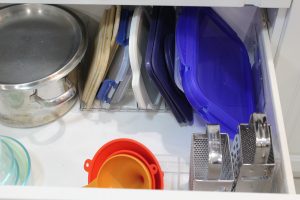

Lids, funnels and graters all under control in this drawer.
This meant sorting that cupboard and discarding things which led to doing another much bigger cupboard, something I’d been putting off for a long time. The outcome is three large bags of discarded things in good condition going to the Salvation Army depot. There’s still many more cupboards to do but they will have to wait.


